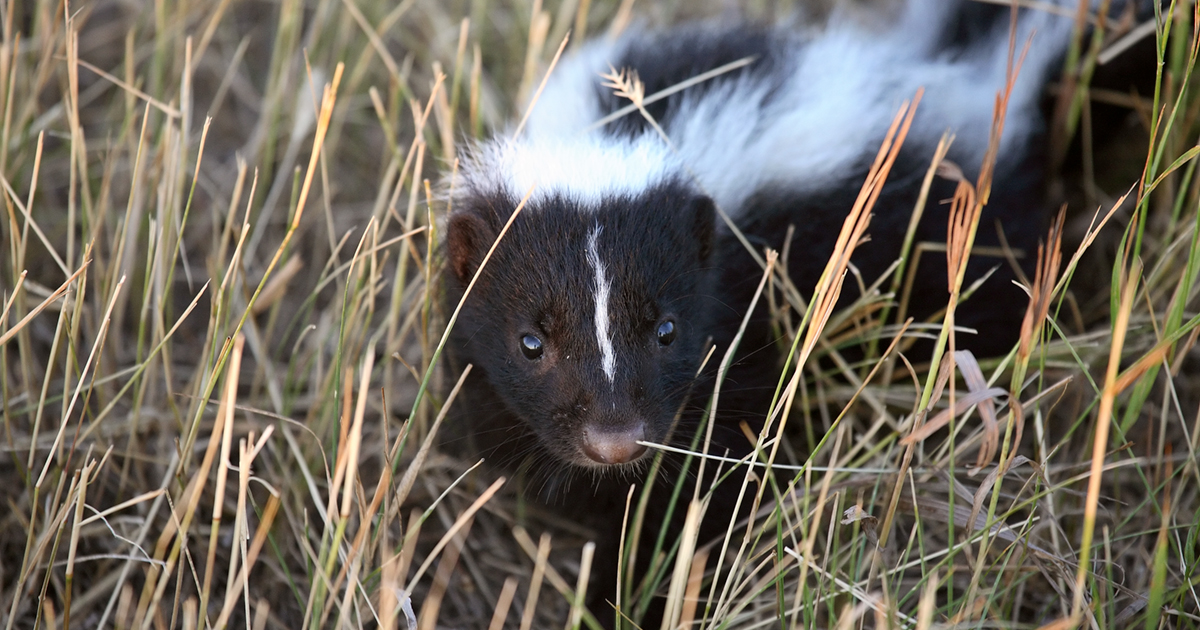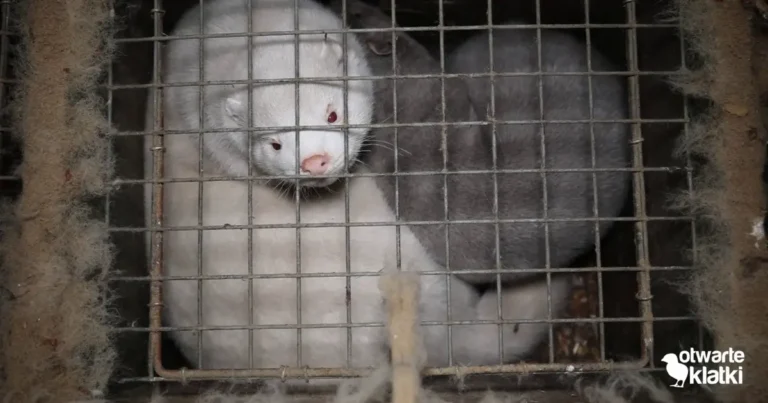
Wildlife will be on the move across Canada in the coming weeks, as the chill of autumn brings summer to an end and causes animals to prepare for winter. This means that all animal lovers have an opportunity to help keep wildlife wild.
While there’s a great deal of diversity in the types of animals, environments and climates across Canada, there are a number of similarities in how we can benefit wildlife during this transition. The Fur-Bearers have assembled four tips you can share with friends, family and your entire neighbourhood to help keep wildlife wild no matter where you are.
- Never feed wildlife. Providing food is something humans are taught to cherish, but giving food to wild animals is often more harmful than helpful. It changes the way animals see and engage with people; while some individuals may appreciate this, many others will not, and this leads to negative encounters that then, too often, lead to animals being killed. Providing fresh water (cleaned regularly) is a kindness that will not have this negative impact.
- Let your yard go wild. By planting native plants, not removing late season species (such as goldenrod) and allowing leaves to gather on your property rather than removing them immediately, gives insects, birds and local wildlife more opportunities to find food, shelter and safety for the winter.
- Be mindful of companion animals. Wildlife don’t recognize fences as the legal delineation between properties that we do, and that means it’s reasonable to expect to see animals cross into yards, particularly as they seek out late season food and den sites. Use your voice, lights and other opportunities to alert wildlife to you and your companion animals’ presence into a yard in the evening and keep dogs (and cats) leashed when on walks. Even the most well-trained dog will SQUIRREL from time to time, and over 90% of incidents between dogs and coyotes occur with dogs off leash, according to a study.
- Share, but be aware! Sharing photos and videos of wild visitors is a joy for a lot of people on social media; but know that not everyone enjoys wildlife, and some people may treat them inappropriately in an attempt to get a photo, or cause them harm for being a perceived ‘nuisance’ in the community. If you share photos and videos, please be careful about providing location details and consider sharing content from our website about who the animals are!
Loving wildlife sometimes means doing our very best to help them stay wild, even against our own desire to help. Thank you for supporting animals in your community and please share these tips with your friends, family and neighbours.
